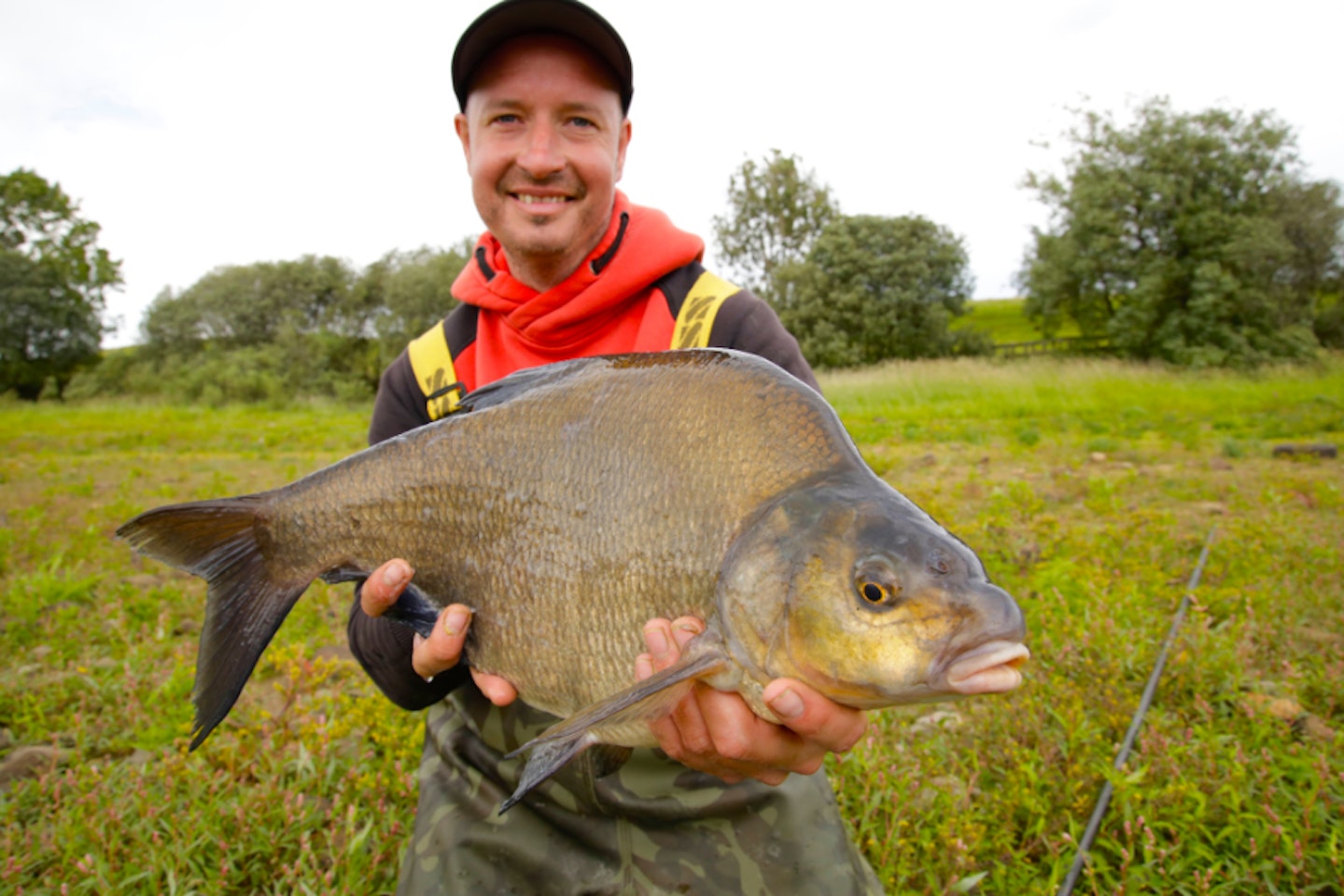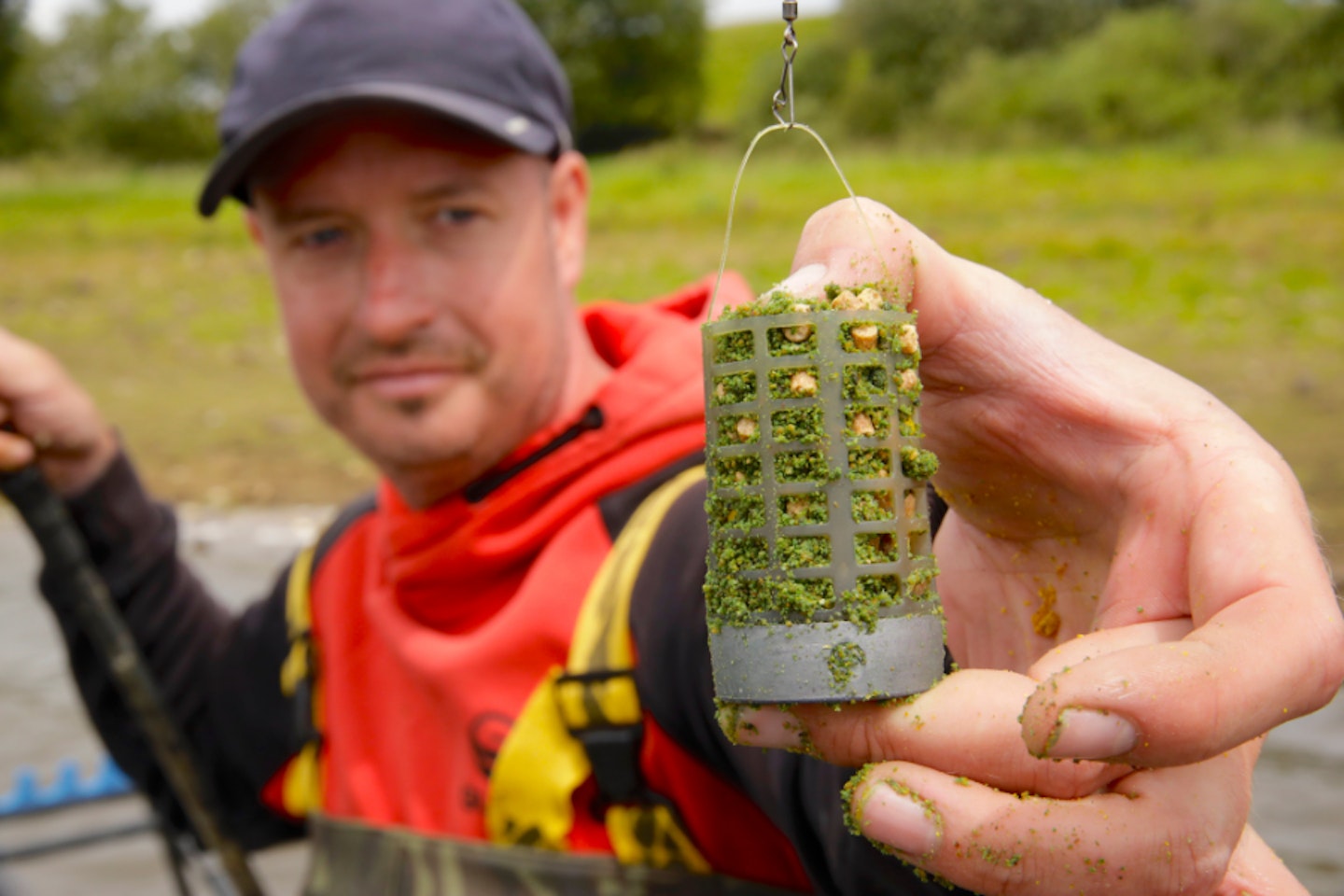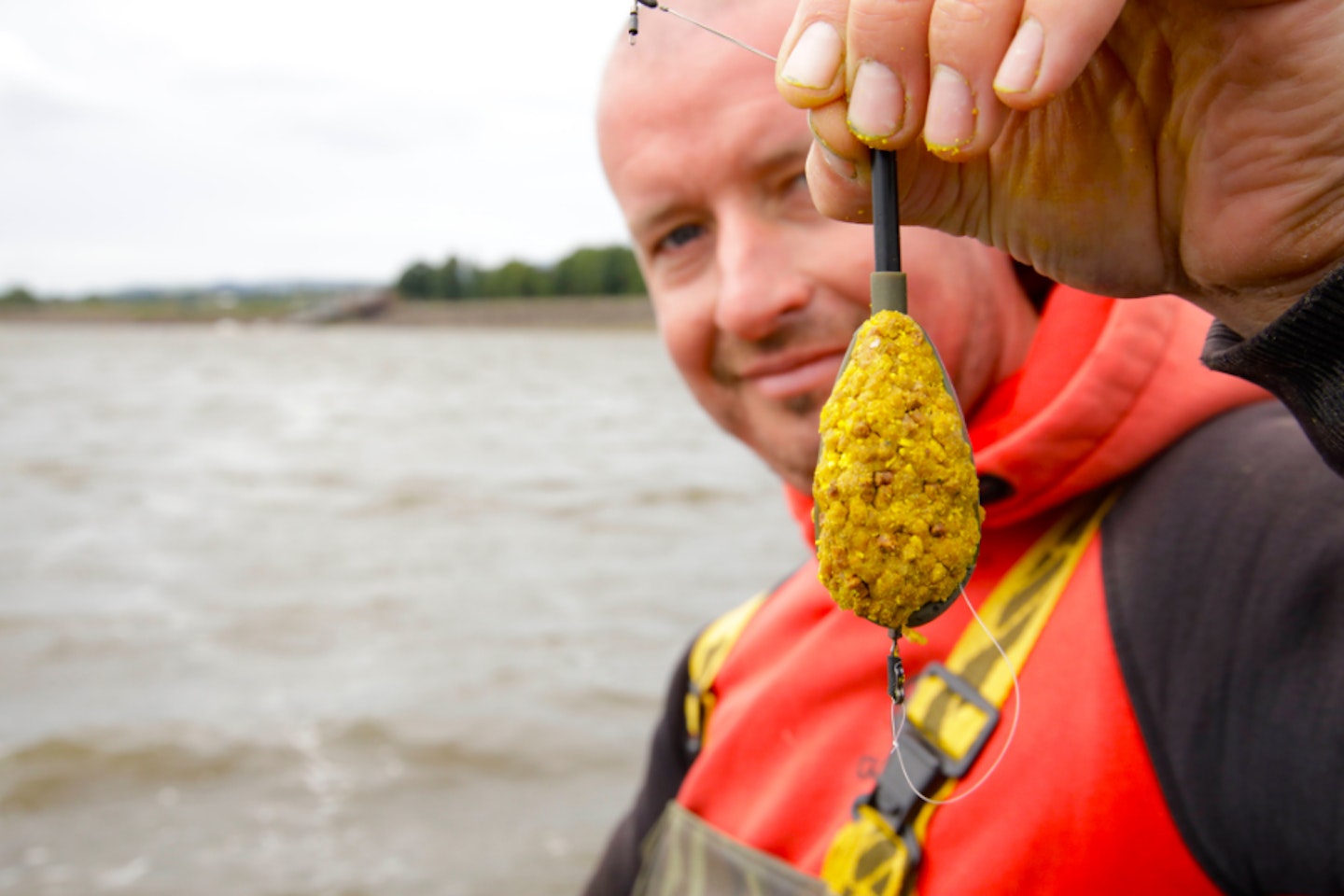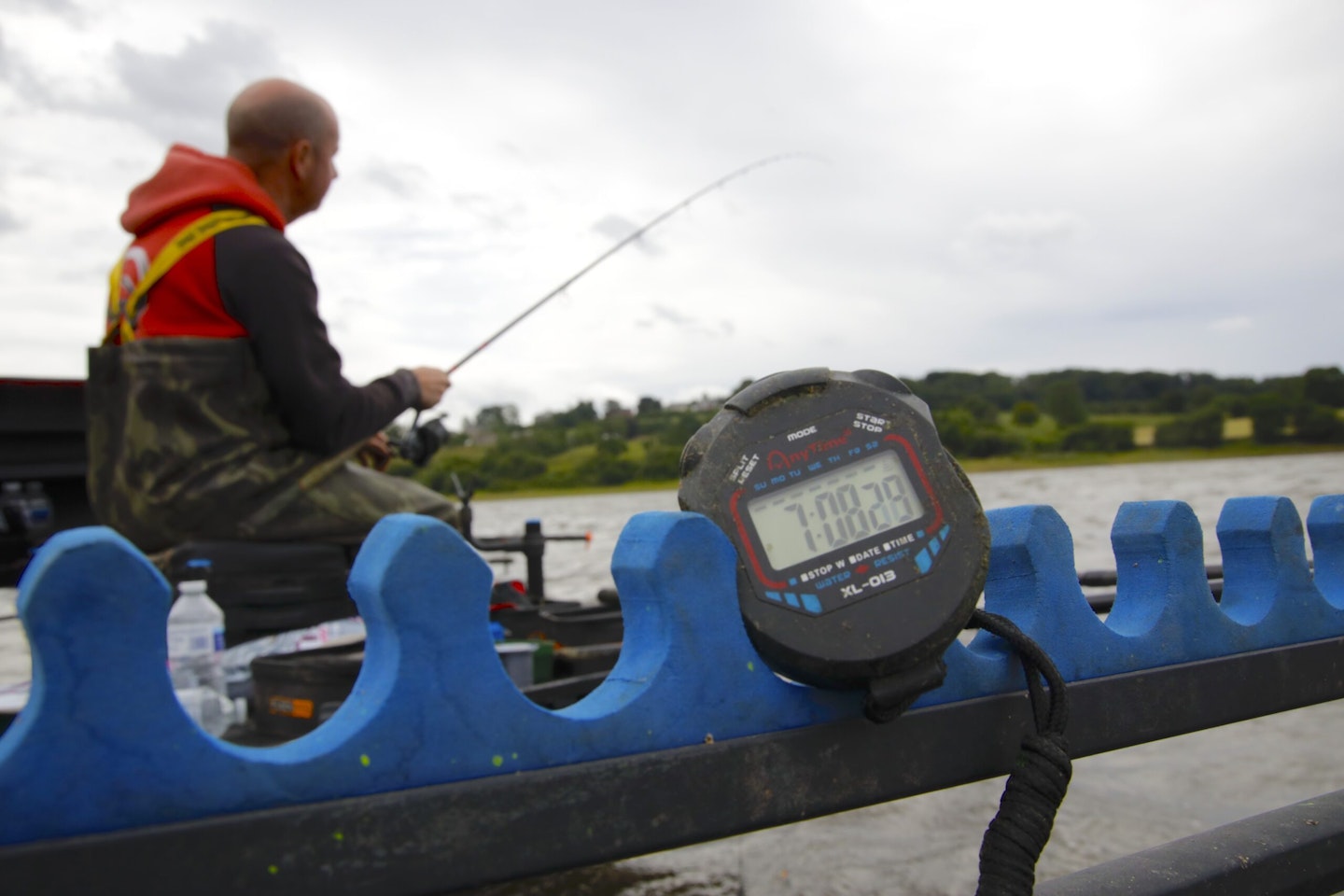Cage feeders and natural baits were once the foundation of every bream angler’s approach, but that’s changed as the tactic has evolved. Reservoir bream were the primary target for most anglers, and worms, casters and maggots dominated their bait trays.
However, with many specimen carp anglers now fishing these waters, high protein pellets and boilies are much more common. Anglers targeting bream on large reservoirs must adapt their tactics to be able to match the prolific catches of yester year.
Feeder fishing expert Matt Heyes grew up fishing Foulridge Lower Reservoir in Lancashire, where this change in feed preferences was evident. “Foulridge has been a favourite of mine ever since I started fishing, and back then it was all about using lots of worms, casters and maggots,” explained Matt.
“But if you were to go down that route these days, you probably wouldn’t get the best out of your peg. You’ll often see more bivvies than seatboxes here, and these modern-day anglers feed in a very different way, and the bream respond to this new approach. Foulridge isn’t unique in this respect, so if your favourite fishery has undergone a similar transformation you need to adapt to stay on top of your game.”
THE BEST DISTANCE FEEDER RODS ARE PERFECT FOR THIS STYLE OF FISHING.

Map the swim accurately
You will need to feed plenty of bait at the start, but first you must find a suitable area to fish. Look for a flat, weed-free area; a 2oz lead with nodules helps locate the right spot. Attach the lead via a clip on the end of your braided mainline on the baiting-up rod.
A braid with zero stretch and a stiff rod provides maximum feel as you drag the lead along the bottom, helping you understand the lakebed’s terrain. If you can drag it over an area without interruptions, it’s a clear spot. If the lead catches briefly before releasing, the bottom is obstructed and could disrupt your bait and rig presentation.
YOUR'E GOING TO NEED THE BEST BAIT UP ROD TO GET BAIT IN QUICKLY AND ACCURATELY.

Put down a carpet
A shoal of bream can quickly clear a bed of bait, so you need to put down a lot at the start to attract them and hold their attention. An ideal carpet feed consists of a pint each of 4 mm and 6 mm pellets and two tins of corn mixed with equal parts Ringers Dark and Bag Up Carp groundbait. Deliver this via a large bait-up feeder. Fifteen feederfuls in quick succession create a good area for bream to graze.
This approach replicates the particle feeding that big-carp anglers achieve with a spod. If you get a run of bites and then the swim dies, top up the swim with another five large feederfuls to regroup the shoal and restart the action.
THE BEST FEEDER FISHING REELS WILL ASSIST IN ACCURATELY CASTING.

Get on the hybrid
I prefer a hybrid-style feeder for reservoir bream. It carries micro pellets effectively, and its front-weighted design aids accurate casting. Choose a hybrid feeder weighing 45 g–60 g; lean towards the lighter side when conditions allow. This helps punch the feeder through head or cross winds common on big reservoirs.
Use a long-distance feeder rod to cast easily. Load your reel with 0.08 mm braid and a 0.16 mm shockleader for durability. Complete the rig with a short 4 in 0.19 mm monofilament hooklength and a size 10 Guru QM1 hook.
GET THE BEST OUT OF FISHMEAL GROUNDABITS WITH THIS EXPERT GUIDE.

Create a focal point
With plenty of bait on the bottom, your aim is to make the arriving bream gravitate towards the feeder. Use a 70/30 blend of micro pellets and 2 mm Dynamite Baits F1 Sweet pellets, with finely crushed Mainline Cell boilies mixed in. This creates a yellow blend that stands out against the darker groundbait and hard pellets. The contrast helps bream spot the feeder and make a beeline for it quickly.
USING THE BEST LIQUIDS, ADDITIVES, AND BAIT BOOSTERS WILL HELP YOUR BAIT STAND OUT.

Look for bite patterns
Patience is key early on; bream grazing over your loose feed may initially be cautious. Regularly dropping a feeder on top of them will spook them and reduce your chances of a bite. Start by casting every 15 minutes and use a stopwatch to find the interval that works best. If it takes over an hour for bream to find the bait, adjust your intervals accordingly. For example, you might get the first bite eight minutes into the fifth cast and the next after seven minutes.
After that, never leave the feeder in for longer than 10 minutes. This pattern relates to how the bait breaks down on the feeder; fish attack when it reaches a certain stage. If you don’t get a bite within your chosen window, wind in, recast and reset the trap.
SITTING ON THE BEST FISHING SEATBOXES IS BENEFICIAL WHEN FEEDER FISHING.

